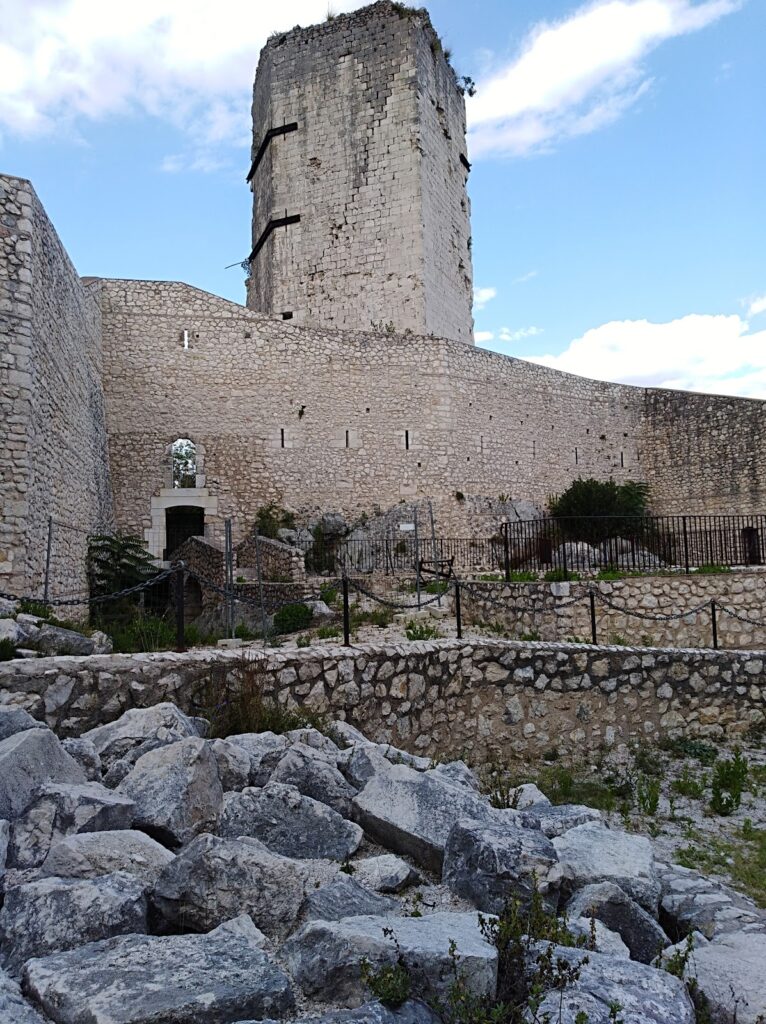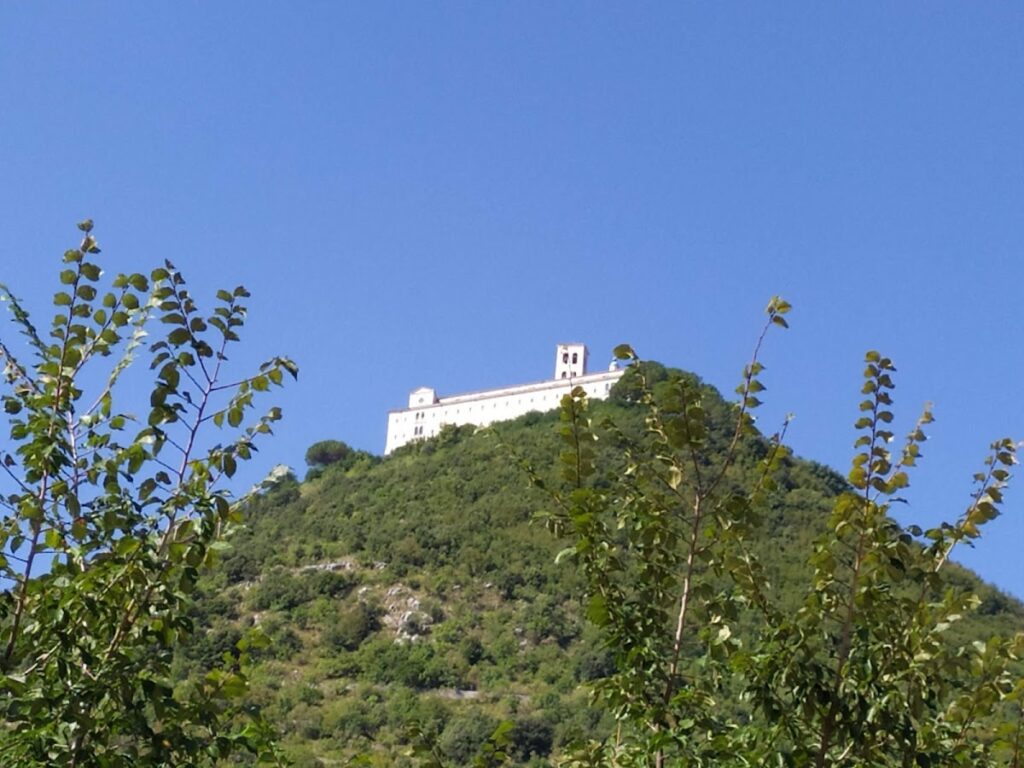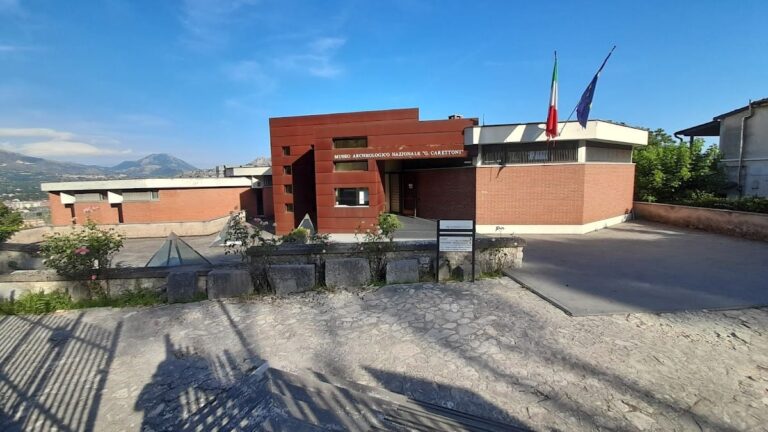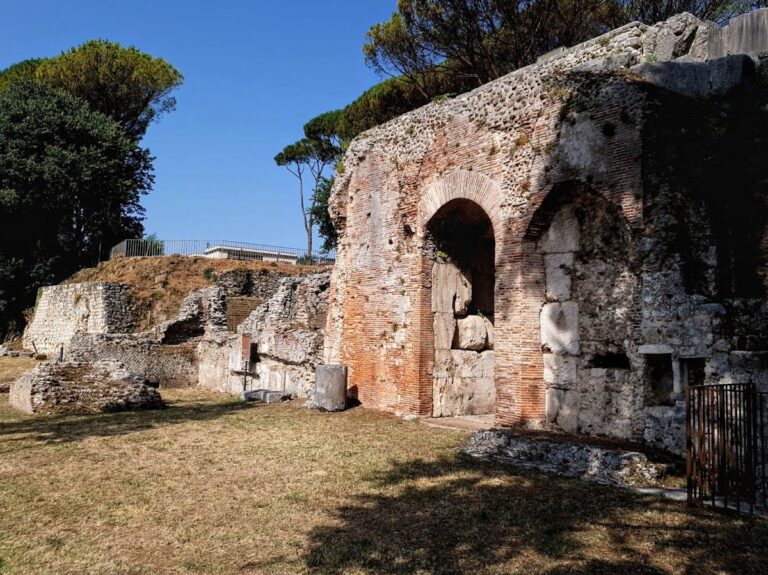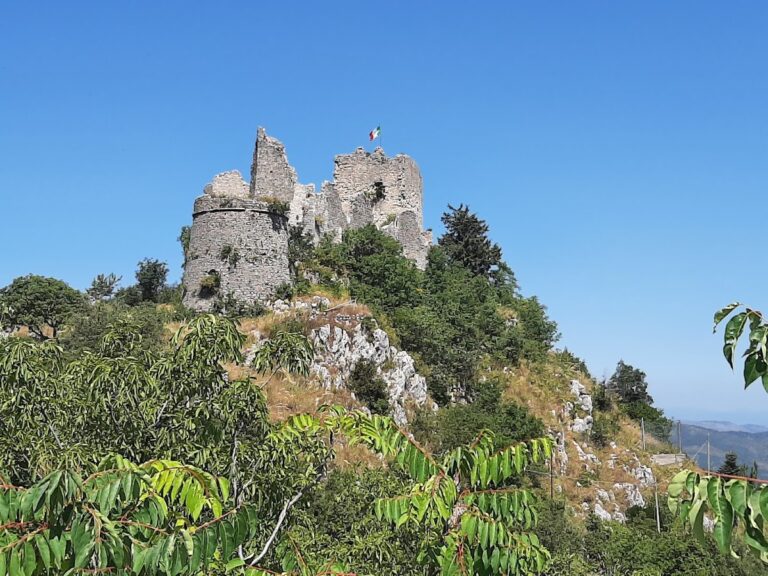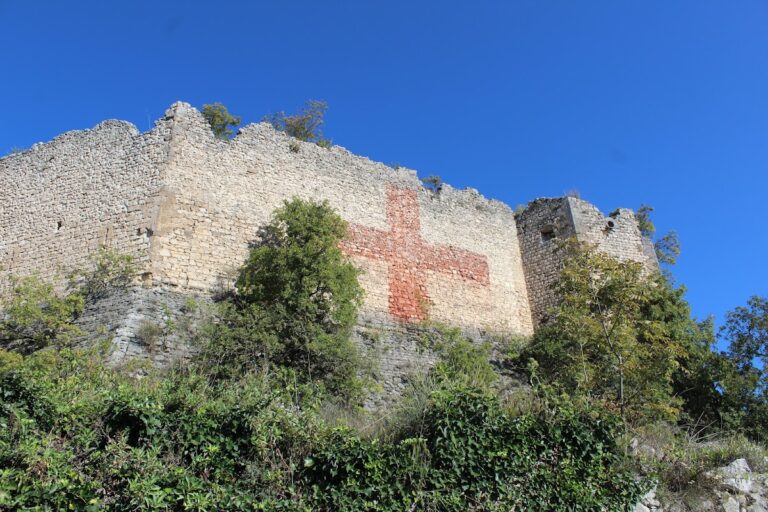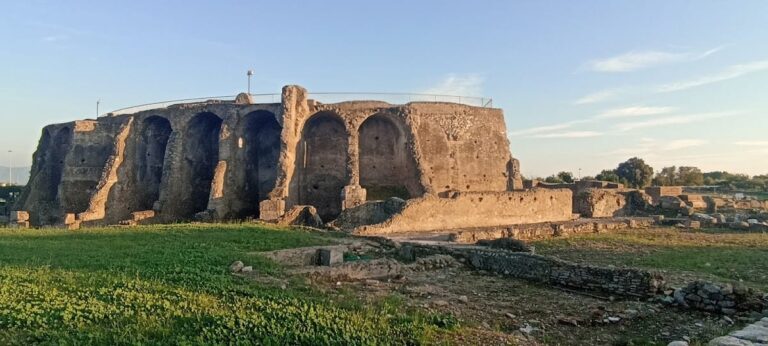Rocca Janula: A Historic Fortress in Cassino, Italy
Visitor Information
Google Rating: 4.4
Popularity: Low
Google Maps: View on Google Maps
Official Website: www.roccajanula.it
Country: Italy
Civilization: Unclassified
Remains: Military
History
Rocca Janula is a historic fortress situated in the municipality of Cassino, Italy. It was established by the Benedictine civilization and served for centuries as the principal military defense of the Terra di San Benedetto territory, alongside the nearby Montecassino Abbey.
The Rocca’s name is believed to originate either from the Roman god Janus, who was said to have had a place of worship on the hill where the fortress stands, or from the Latin word “janua,” meaning “door,” referring to a gate in the northern walls of ancient Casinum that faced the hill. The fortification was built in the mid-10th century by Abbot Aligerno without direct imperial or princely authorization. However, in 967, Pandolfo I of Capua granted approval for the Benedictines to construct defensive structures to protect their lands.
Originally, Rocca Janula likely consisted of a square tower within a small fortified enclosure separate from the town walls, designed primarily for military defense. Its position, 187 meters above sea level, enabled it to guard the Montecassino Abbey, located higher up the hill at 516 meters, and to control a key regional road connecting Marsica with Rome, Naples, and the Tyrrhenian coast. The fortress could provide shelter for as many as 2,000 people during emergencies.
In 1004, an earthquake inflicted damage on the Rocca. During the early 12th century, residents of nearby San Germano seized the fortress amid local conflicts involving the duchy of Gaeta. Subsequently, Abbot Gerardo reclaimed it and undertook significant expansions, adding a pentagonal tower, two residential towers, an enlarged defensive wall network, and a small church. Later abbots, including Roffredo and Atenolfo, continued to strengthen the fortress throughout the 12th and 13th centuries.
Emperor Frederick II sought to demolish the Rocca on two occasions but never fully carried out these orders. Instead, he rebuilt the structure incorporating architectural elements characteristic of Swabian influence. Recognizing its strategic value against Pope Gregory IX, Frederick II entrusted the fortress to his vassals and allied with Abbot Landolfo. During the mid-13th century conflict between Manfred of Sicily and Charles I of Anjou, the Rocca housed 2,000 Saracen soldiers and 1,000 horses under Manfred’s command.
In the 15th century, Abbot Pyrro paid a substantial sum to reclaim Rocca Janula from Queen Joanna II of Anjou, who had originally assigned it to Antonio Carafa. Pyrro then restored the fortress’s walls and erected two new towers facing the city, marking them with his family coat of arms. An inscription records the completion of this work in 1418. The fortress briefly returned to the control of San Germano’s inhabitants in 1522.
Over time, as Montecassino’s temporal power declined, so did the military importance of Rocca Janula. By the 18th century, it had become royal property under Charles III of Bourbon. In 1870, a commemorative plaque dedicating the fortress to the Madonna was placed on Pyrro’s tower, symbolizing peace. During World War II, the Rocca suffered heavy damage, leaving only fragments of the walls, the pentagonal tower, and some internal buildings intact. In the early 21st century, a major restoration effort was undertaken, culminating in the site’s reopening for cultural activities in 2015. Nearby stands the Monument to Peace by Umberto Mastroianni, erected to remind future generations of the costs of war.
Remains
The surviving layout of Rocca Janula reflects a military fortress designed initially with a square tower situated within a small fortified enclosure. This configuration, separate from the main town defensive walls, was typical of regional military structures of the time, similar to other nearby fortifications such as Monte Trocchio and Roccaguglielma.
One of the most prominent features preserved today is the pentagonal tower, constructed in the early 12th century during Abbot Gerardo’s restoration and expansion phase. Its distinctive five-sided shape provided improved defensive capabilities. In addition to this tower, two residential towers and a small church were also established within the enlarged wall circuit, indicating a degree of residential and religious use alongside military functions.
In the 15th century, Abbot Pyrro undertook significant renovations, adding two city-facing towers that bear his family’s coat of arms. An inscription dating these works to 1418 remains visible, marking the completion of these enhancements. These towers, oriented toward the urban center, reinforced the fortress’s defensive role related to the city.
The fortress occupies a strategic elevation of 187 meters above sea level, offering commanding views over the Montecassino Abbey and key transit routes in the region. The overall construction was centered on defense, yet the interior spaces could accommodate up to 2,000 individuals during times of crisis.
World War II inflicted severe damage upon the Rocca Janula, reducing the structure largely to its pentagonal tower and fragmented sections of perimeter walls and internal buildings. Early 21st-century restoration efforts have stabilized the extant elements, preserving them for public access and cultural purposes. Today, these remains showcase key aspects of the fortress’s long history, from its 10th-century origins to its medieval expansions and later transformations.


